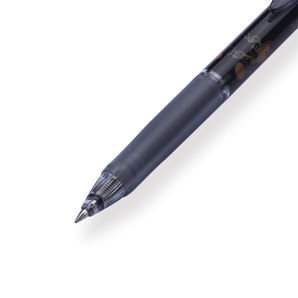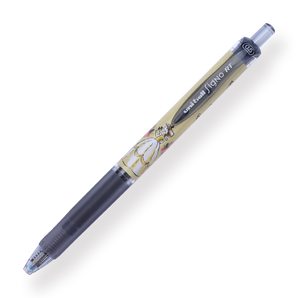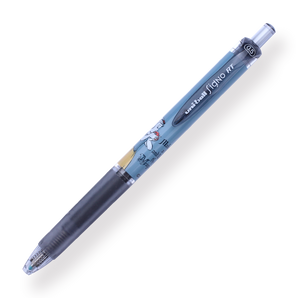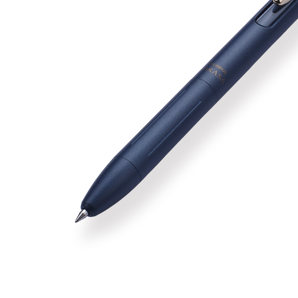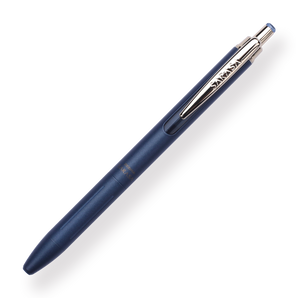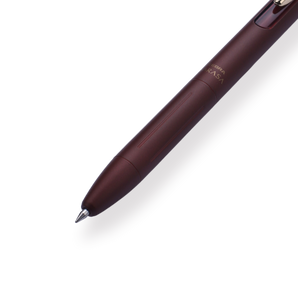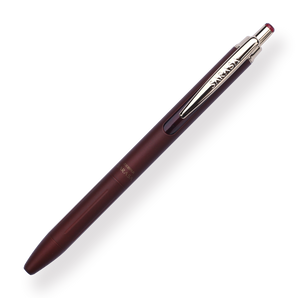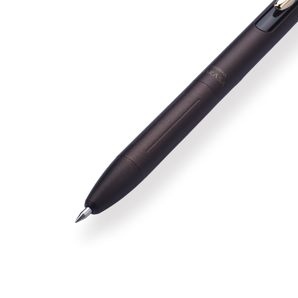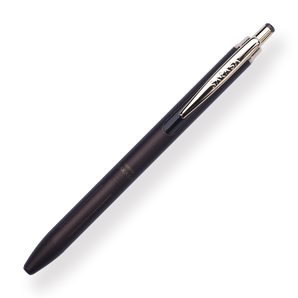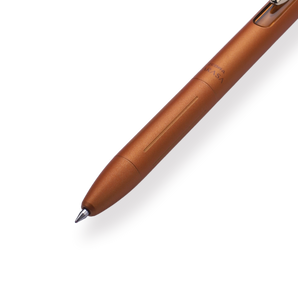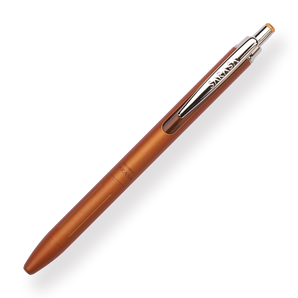So, your dream is to become an astronaut, but your parents signed you up for soccer camp instead of space camp. No worries — here’s your ultimate, step-by-step guide to becoming an astronaut and literally shooting for the stars. From eligibility to training, this guide covers everything NASA and ESA are looking for in future space explorers.
Phase 1: Meet the Basic Requirements
✅ Be from a spacefaring nation.
To work as an astronaut, you must be a citizen of a country with an active human spaceflight program. Top agencies include NASA (USA), ESA (Europe), Roscosmos (Russia), CNSA (China), and JAXA (Japan).
✅ Hit the sweet spot for age.
ESA astronaut applicants must be between 27–37 years old. NASA doesn’t list strict age limits, but accepted candidates are typically between 26 and 46.
✅ Meet the height and health standards.
NASA accepts candidates between 5'2" and 6'3" (157–190.5 cm); ESA allows 5' to 6'2½" (153–190 cm). Excellent vision (correctable to 20/20), healthy blood pressure, and no extreme astigmatism are required. Psychological stability is also a must — you'll be stuck in close quarters for months.
✅ Speak English (and preferably Russian).
English is essential for communication at the International Space Station. Russian fluency is highly valued by both NASA and ESA due to international collaboration.
✅ Be comfortable in water.
Swimming is part of astronaut training. You’ll be expected to pass water survival courses, including treading water in a flight suit and passing SCUBA qualification.
Phase 2: Crush It Academically
📚 Excel in high school — especially in STEM.
Strong grades in math and science are non-negotiable. But don’t neglect subjects like English or history — astronauts must be excellent communicators and team players.
🎓 Get a STEM degree from a top university.
NASA and ESA require at least a bachelor’s degree in fields like engineering, math, physics, or biological sciences. Consider joining Air Force or Navy ROTC if you aim to become a test pilot.
👩🔬 Gain at least 3 years of relevant experience.
You can either work professionally in a STEM field or continue your education — a master’s degree counts as 1 year, and a PhD counts as 3. If you’re a pilot, log at least 1,000 hours of jet flight time.
Phase 3: Go Pro with Your Passion
🪖 Military experience is helpful but not mandatory.
Being in the military can give you advanced training and access to test flight roles, which are major assets in astronaut selection. NASA often hires military applicants via specific channels.
📄 Apply strategically.
Civilians should apply viaUSAJobs.gov, while military personnel must also go through their own service branches. ESA's astronaut selections are rare (last held in 2009), so stay updated on their official site.
🧠 Complete rigorous astronaut training.
Expect 1–2 years of intensive training: underwater simulations, space systems, survival skills, engineering, and Russian language immersion. NASA training takes place in Houston, while ESA’s is in Cologne, Germany. Civilian trainees at NASA must commit to a 5-year term.
In a world where the stars feel so far, becoming an astronaut starts here on Earth — with hard work, focus, and a deep passion for science and exploration. Whether you're chasing NASA’s next selection round or dreaming of ESA’s return to recruitment, keep your eyes on the sky and your feet on the launchpad.








